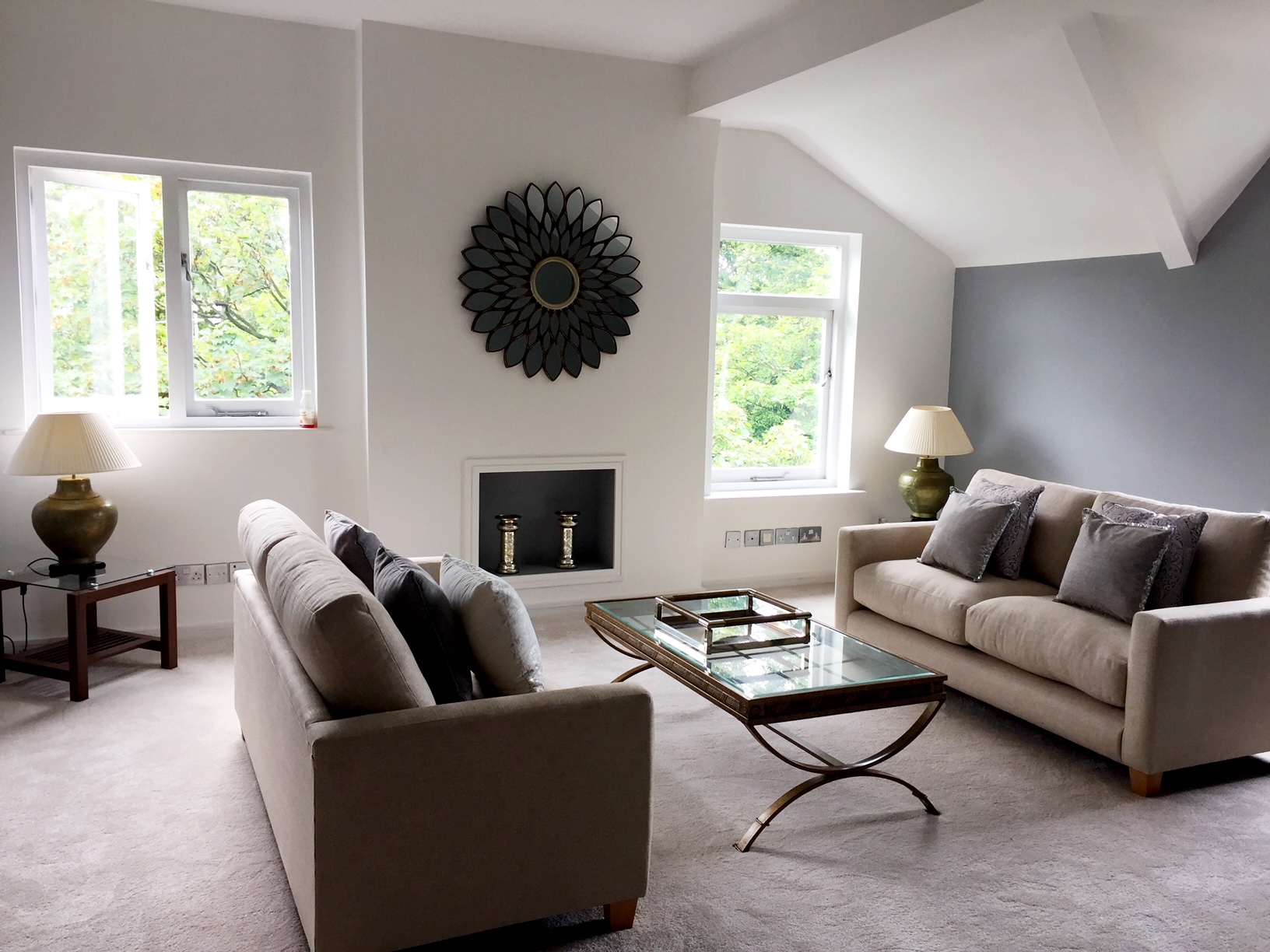You are here: What is home staging?
How to stage a home to look its very best in estate agent photographs
Staging a home can make a big difference when you want to sell quickly and at the best possible price. We’ve asked two expeienced home stagers to give us their top tips. They suggest simple touches that don’t require any significant remodelling or expensive additions but will boost the appeal of your home to potential buyers. Home staging is like “smoke and mirrors” says Molly Marshall, who is an expert on home staging and helps her clients get their properties presentable before they’re photographed and listed for sale.
Below Molly, of Molly Marshall Home Staging and Lindsay Willcocks, director of award-winning Burbeck Interiors, share their hot tips for staging a home for sale.
Make a great first impression.
Molly says the first impression is everything, so it’s important to keep the exterior of your home as welcoming as the interior. “Usually, the first picture on RightMove when a property is listed is the exterior. If the drive is moss covered, the garden is overgrown, or pots are broken that generally gives you an idea of what the interior will be like. Kerb appeal is SO important. They say viewers have made up their mind about a property by the time they reach the front door, so first impressions should be as good as they can be.”
So, tidy up your front garden before the estate agent’s photos are taken and your property is listed. Cut the grass, trim hedges, weed borders and paths. If the front door is stained or chipped, add a fresh coat of paint and place large pots on either side.
Which are the key rooms to stage?
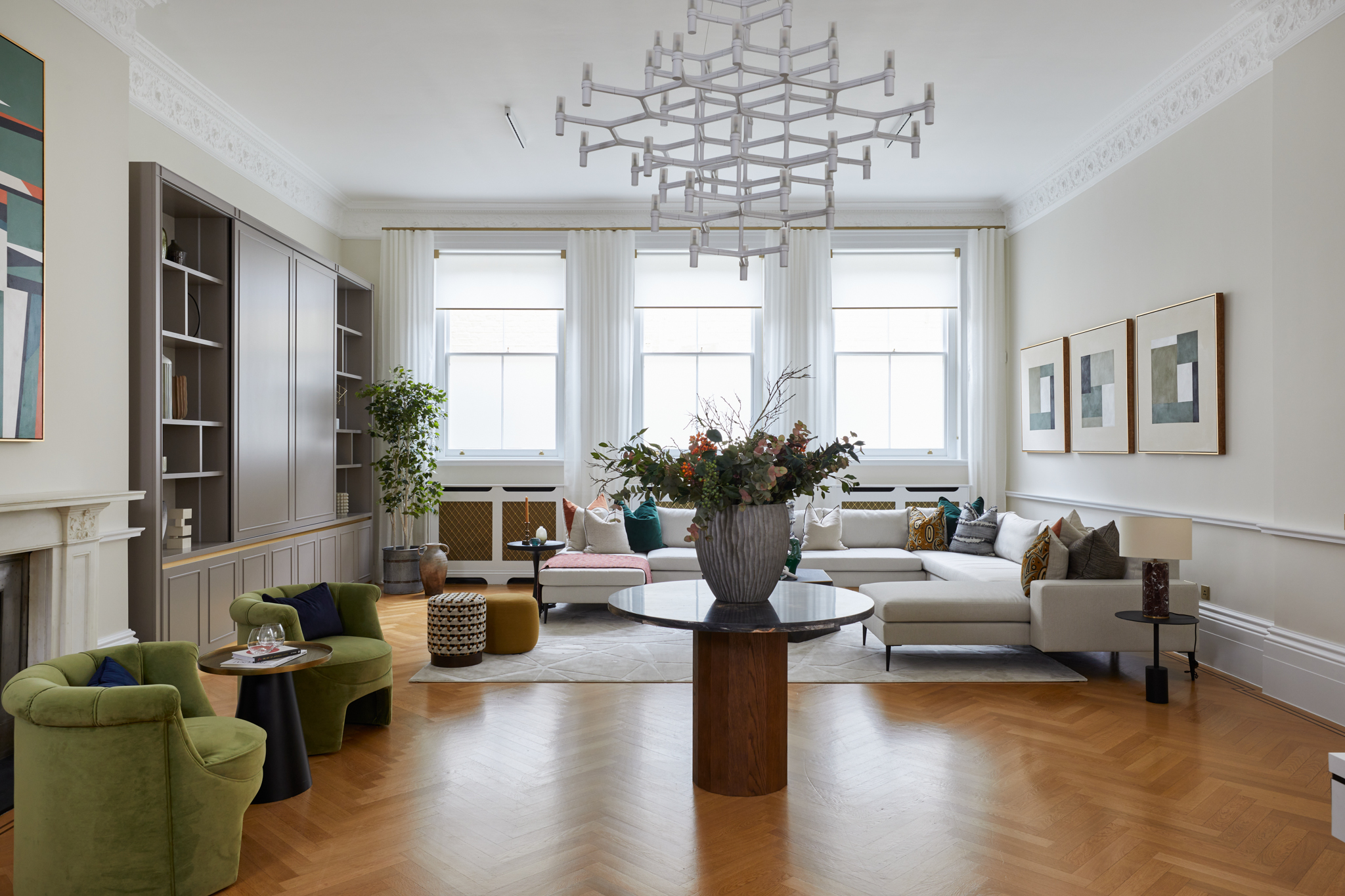
Image supplied by Burbeck Interiors
According to Molly, the main reception room is the most important to stage well, followed by the master bedroom and then kitchen. She says: “When staging empty properties, I don't tend to do every room. If it's a four bedroomed house, I will usually stage the two biggest bedrooms. It's enough to draw in viewers to have a look.”
Key to staging a home is to “address the demographic” looking for a certain type of property. says Lindsay. Whether it’s a city centre flat or a suburban family home, aim to create a lifestyle that appeals to prospective purchasers. “It is taking the space you have got and making it more by clever interior design,” she says.
De-clutter
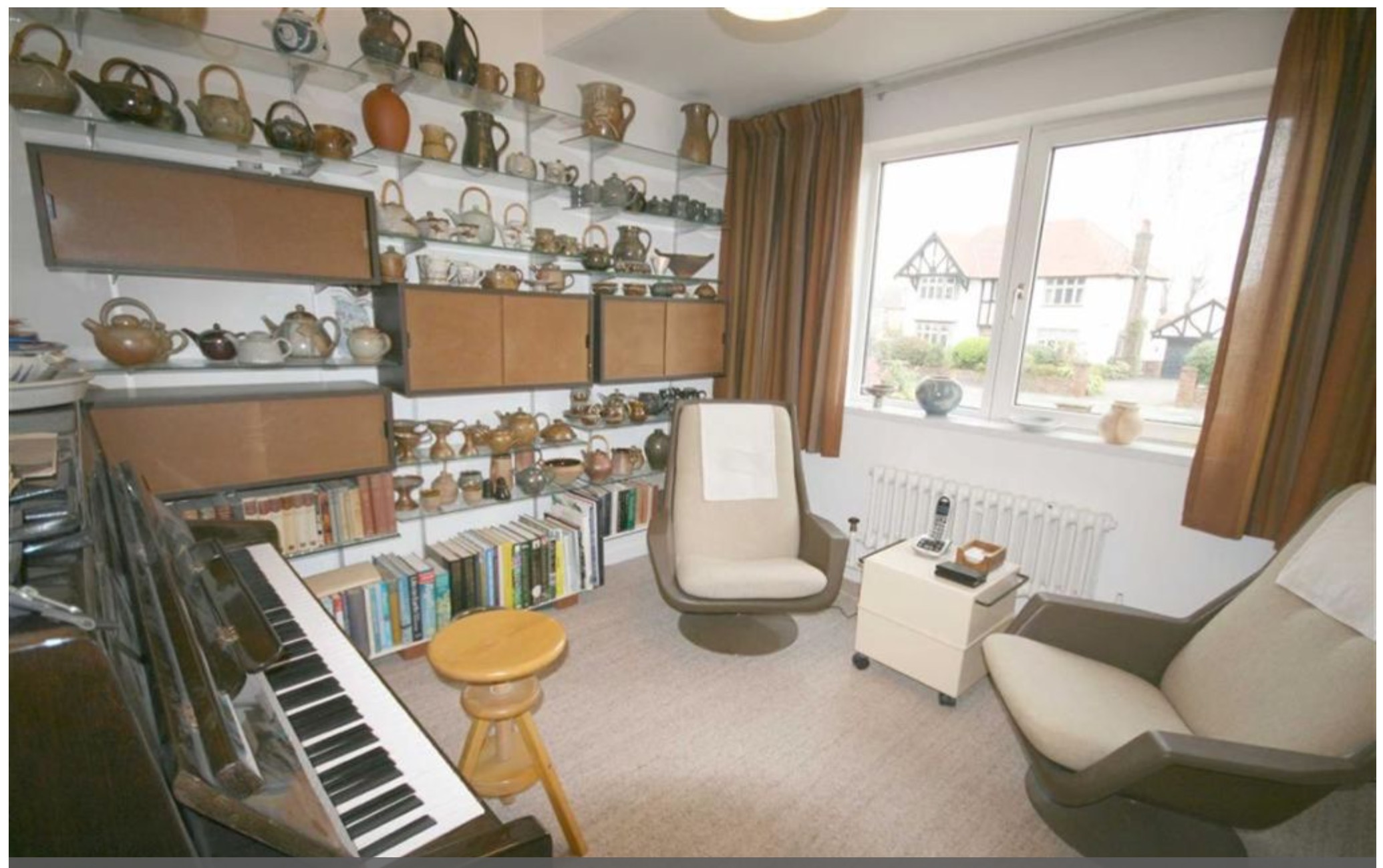
Image supplied by Molly Marshall Interiors
Clearing each room of clutter will make your home appear bigger and brighter. Molly suggests sellers de-clutter a room, take a photograph of it, have a good look at the picture and then de-clutter again. Clutter is distracting for potential buyers – their eyes will be drawn to it rather than the actual room’s proportions, see the “before” photo above. Clutter makes rooms look smaller and untidy. “Buyers are looking for a home that is spacious, clean and tidy and clutter makes a space look smaller and disorganised,” says Molly. Try to clear as much surface space as you can on shelves, coffee tables, dressing tables and kitchen/bathroom worktops.
Remove personal photos
Make sure to remove any family photos. Molly says she comes across an “abundance” of family pictures on walls, sideboards and ledges in her clients’ homes. “Preparing a property for sale is the first stage of moving on to your next home and so I advise that family photographs should be bubble wrapped and stored out of view ready for the move.” Molly says it makes it easier for potential buyers to envisage themselves living in a home if the space is depersonalised. Lindsay agrees. When people are house hunting for their own family, they don’t want to see pictures of other people’s children, she says. “It’s very psychological.”
Replace photos with candles, artwork or mirrors. Sprinkle in a few plants. Whether it’s a large cheese plant or a small fern, greenery will add natural beauty to your home.
Invest in storage
When you have decluttered, you will need extra storage for any items you want to keep. Most DIY stores sell storage boxes and wicker baskets of various sizes. Ideally, any storage boxes will be hidden inside cupboards and wardrobes rather than piled on top. When staging a home, you want would-be buyers to think there’s plenty of storage for their belongings. Of course, storage boxes can be put in your attic or garage, though people are likely to look in the garage. Hiring a container or storage unit is another option.
Less is more and let there be (artificial) light
Image supplied by Molly Marshall Interiors
Less is more when it comes to staging any room. Lindsay says: “Make as much space as you possible can. You want to have comfort and space.” You may consider putting any bulky furniture in your living room into storage. Giant TV screens or too many tables or chairs can make the space look small. That said, a totally empty room can look bare and uninviting. Try to find a balance.
“Bring in as much light as you can either naturally or artificially,” says Lindsay. Washing the windows is a no-brainer. Hanging a large mirror on the wall is an age-old trick to brighten a darker room. It bounces whatever natural light there is around the room. Placing floor lamps and table lamps in two or three corners of the room is another way to increase artificial light.
Add luxe accessories to your bedroom
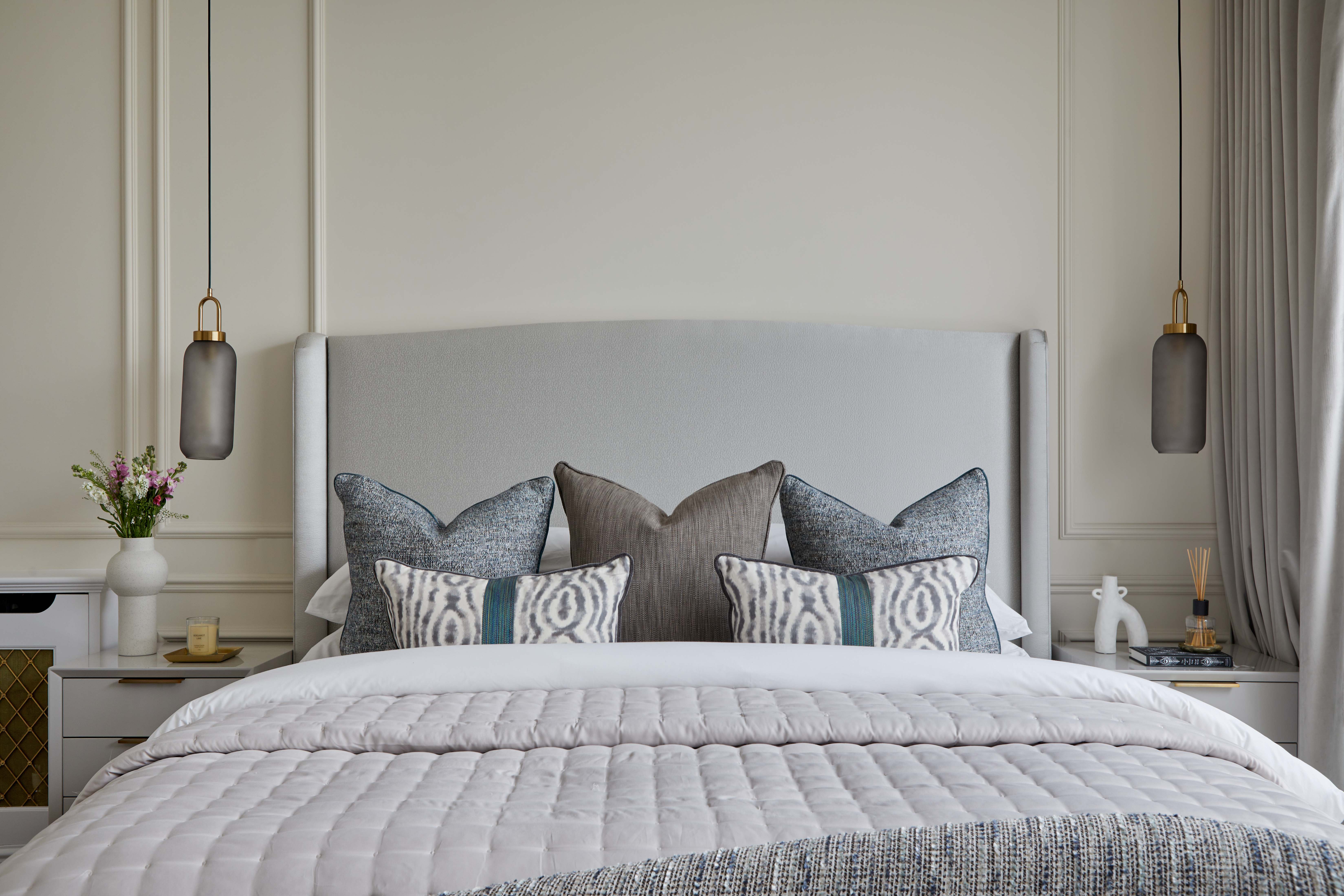
Image supplied by Burbeck Interiors
Some home stagers suggest channelling the vibe of your favourite hotel when staging your bedroom. But Molly says: “It isn’t always possible to achieve a hotel style look, but home staging is about doing the best we can with what we have to work with.” The home stager conjures up the ambience of a posh bedroom by adding a few luxe items. “Favourites of mine are plump velvet cushions, mirrors and a stylish coloured throw to cheer up a bed that needs it,” she says.
Lindsay says it’s important to keep the colour scheme neutral. For instance, white sheets and duvets. The most colour you want is a bright cushion or throw. “Make it as neutral and comfortable as you can. It needs to be a place people would want to lie down and read a book,” says the home stylist.
Staging your kitchen
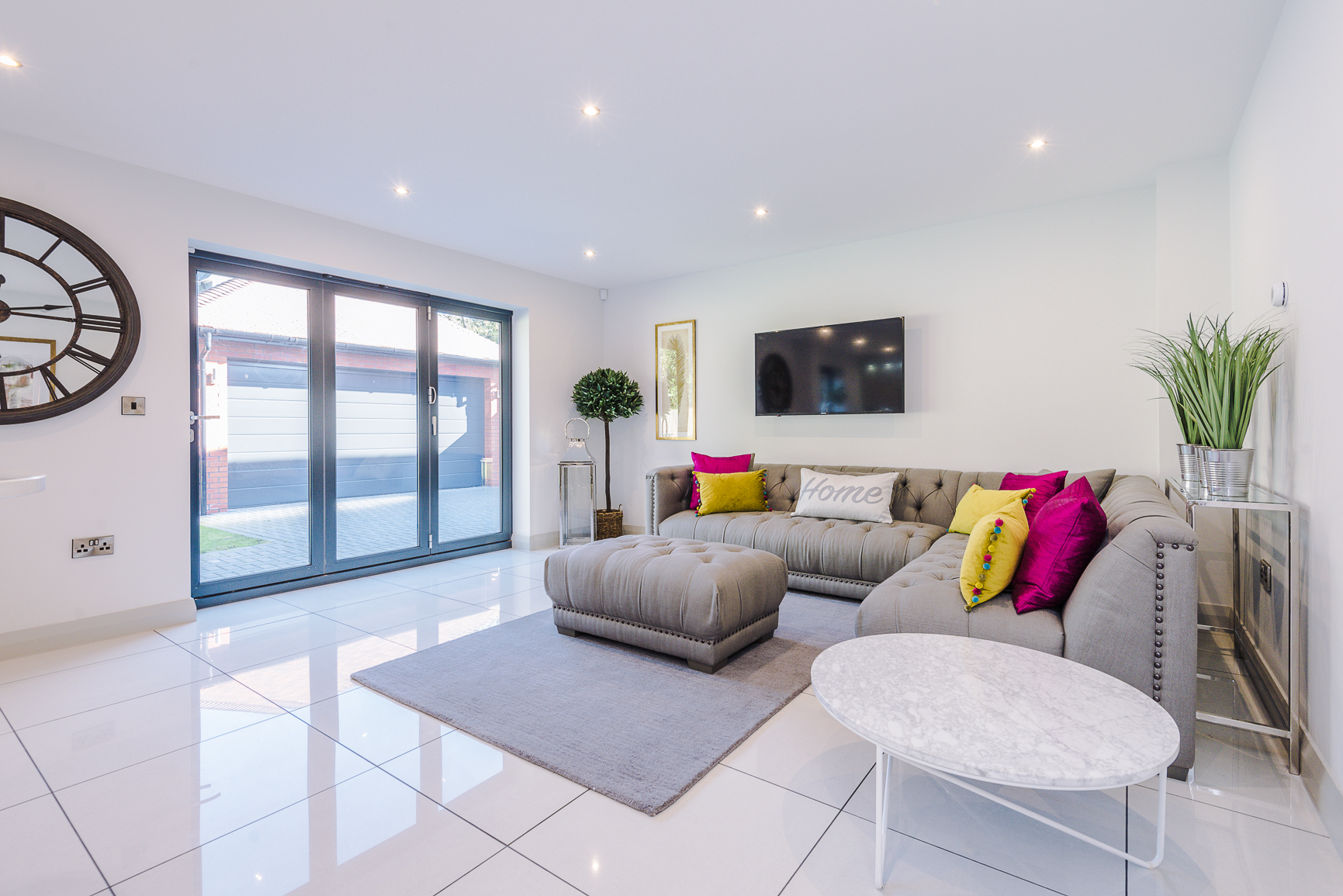
Image supplied by Molly Marshall Interiors
Staging your kitchen doesn’t mean an expensive remodel or even repainting cabinet doors. It’s about clearing the clutter and aspirational props. Put everything away and clean,” says Lindsay. Make sure to clear off your countertops and put away small appliances, such as kettles, toasters and food mixers. However, you should keep a couple of curated items on display to make the kitchen look lived in “I like to leave a beautiful cookbook with a pestle and mortar and some very expensive olive oil next to it. We make the kitchen look as upmarket as possible. Everyone would like to be a great chef even if they never cook,” says Lindsay.
Add a splash of colour with a bowl of brightly coloured fruit, such as oranges or lemons or apples. Use just the one fruit to have most impact. A vase of fresh flowers will also add colour and scent. Remember to declutter the fridge door, removing any magnets and photos. Hide any dishtowels or oven gloves before photos are taken.
Refresh the bathroom
While the living room, kitchen and master bedroom are the most important rooms to stage well, bathrooms also matter when it comes to making an impression on potential purchasers. Perhaps the most important aspect is cleanliness. Put the toilet seat down, especially for photos. Basins should be clean and glass shower doors and mirrors streak-free. Remove any mould spots on ceilings and walls. De-clutter all surfaces and clear away any personal toiletries, such as shampoo bottles or razors in the shower.
Invest in new, fluffy white towels to hang on the towel rails. Scented candles and diffusers also create a warm and welcoming atmosphere. Consider a small grouping of seashells or a white orchid for décor. Aim to create a relaxing, spa-like space.
Don’t forget the back garden
If you’re lucky enough to have any outside space, you really need to make the most of it. It doesn’t matter if it’s a balcony or a big back garden. Just like the front of the property, it needs to be made presentable. “It must be tidy and without clutter or junk,” says Lindsay. “If the patio needs a jet wash pay someone to do that because it will make a difference.” Remove any old bikes or broken benches and other junk.
Consider it an extra room and style accordingly. Decide what type of furniture best suits your space. A small bistro set is perfect for a city balcony, while a large sofa set works well on a large patio. Lindsay has a warehouse of items she uses to stage clients’ homes and gardens, including lounge sets and pizza ovens. “We create the lifestyle for the property that attracts the buyer who is ready,” she says.
Why hire a pro?
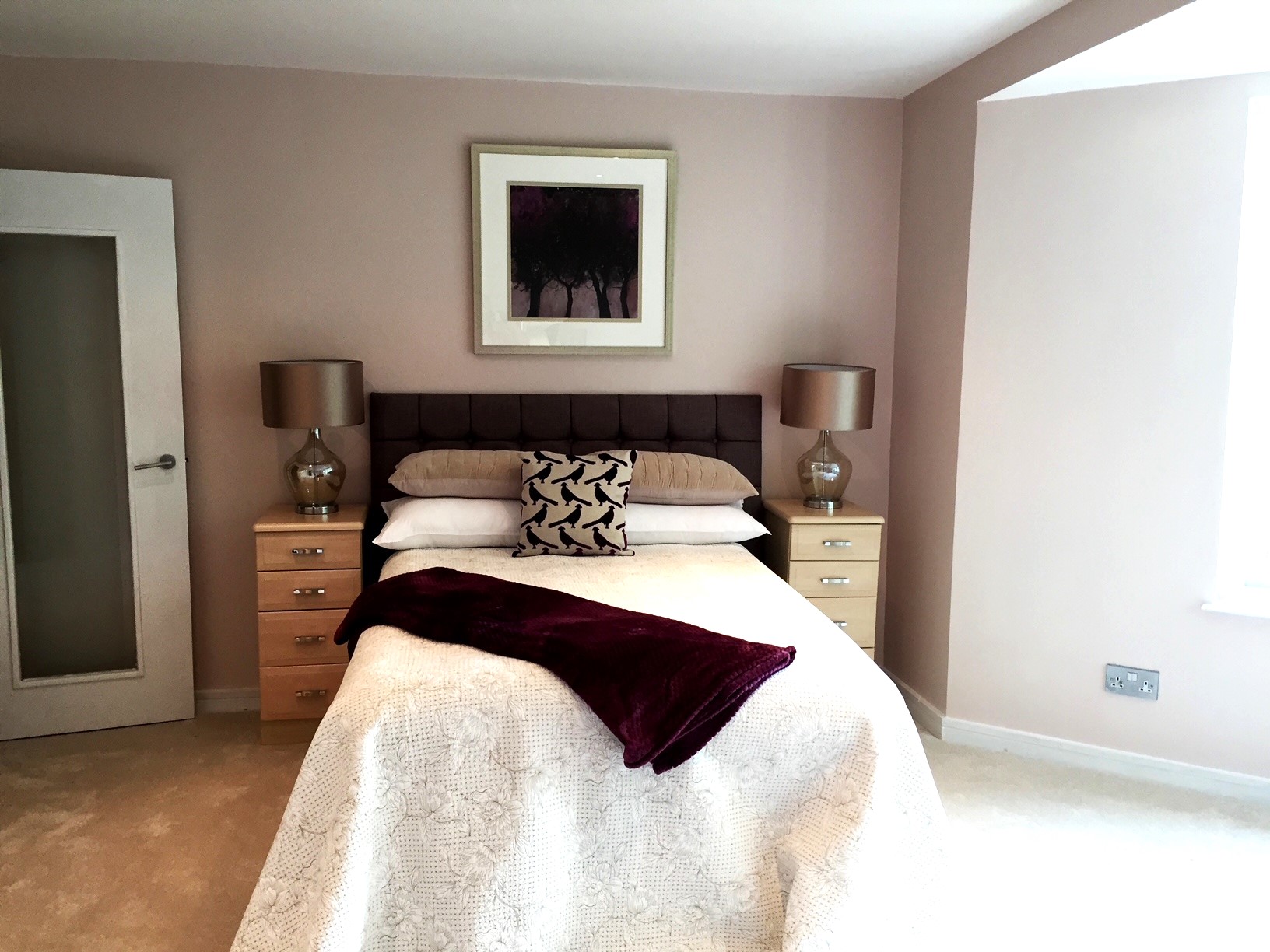
Image supplied by Molly Marshall Interiors
“Home staging is a must if you want to obtain the price you have been told the property is valued at and you want a sale within a certain time frame,” says Lindsay. Molly agrees. She says: “Home staging/styling is quite simply the best investment you can make when you are selling - whether you do it yourself or you get a professional to help. For some sellers, they don't have the skills to style their homes and that when professionals can step in. If you have a problem with your roof - you call a roofer! Professional home stagers are able to transform homes so the agents get a much better set of marketing photographs which will attract more viewers and more offers.”
If you are considering buying or selling a home, you may find some of these services useful:
Mortgage Brokers
I need help getting a mortgage
Energy Performance Certificate
Energy Performance Certificates
Building Surveys
I want a local surveyor to do a Building Survey for me
Home Survey and valuation
I want a local surveyor to do a homebuyer survey and valuation for me
Structural Inspections
Find an expert to carry out a structural inspection
Structural Calculations
Find an expert to provide Structural Design Calculations
Invasive weeds report
If you are concerned that you may have Japanese Knotweed, or other nuisance plants.
Electrical Reports
Find an Electrician to produce an Electrical report (sometimes known as an Electrical Installation Condition Report - or EICR) for a property.
